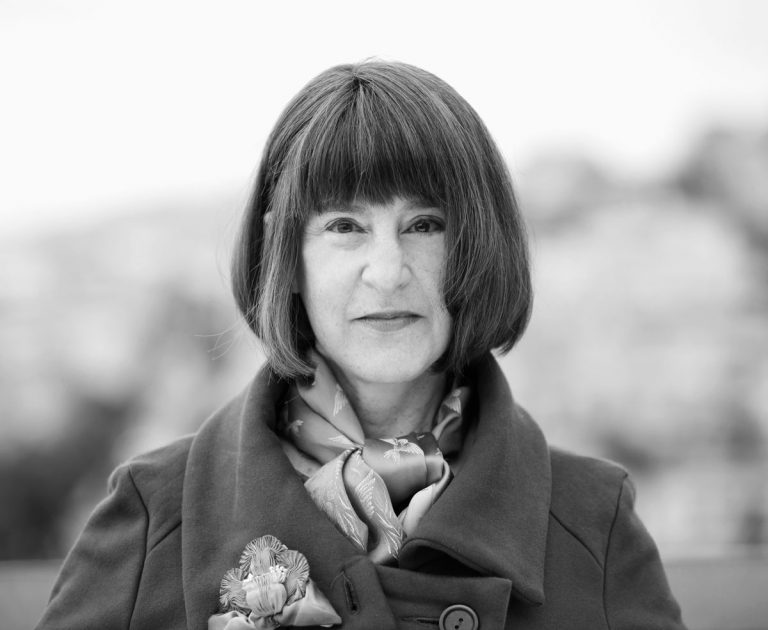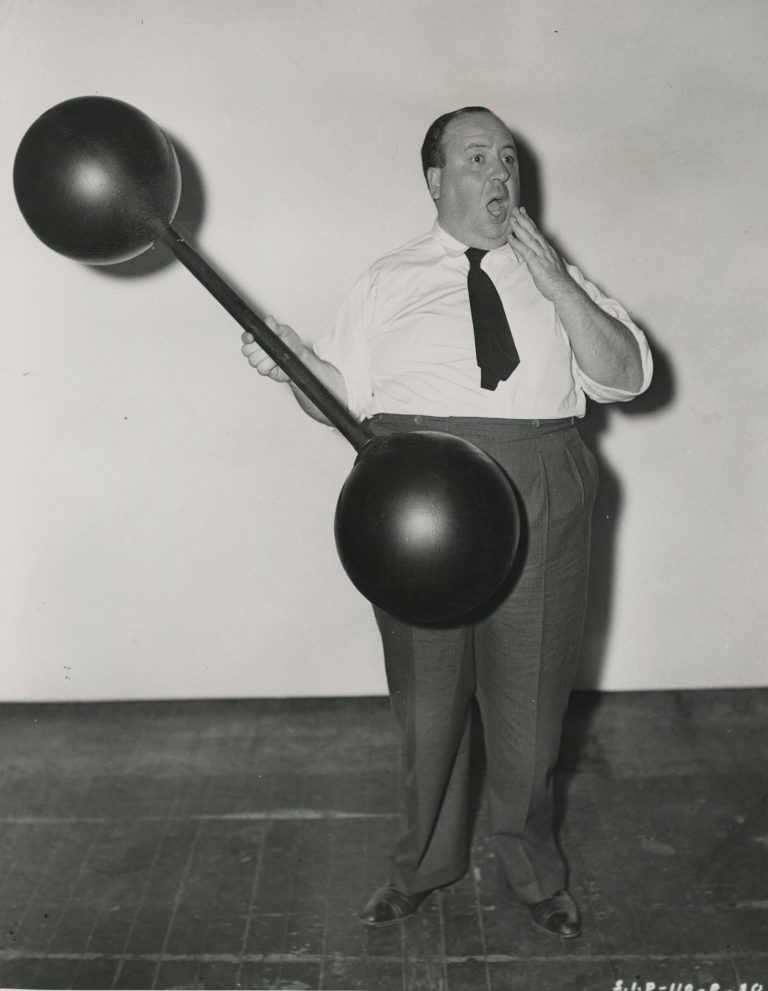Norman Bel Geddes was one of the great visionaries of the twentieth century. An industrial designer, known best for his contribution to the Futurama exhibition at the 1939 New York World’s Fair, Bel Geddes experimented with
Biographer B. Alexandra Szerlip on Norman Bel Geddes’s life and legacy
Filed Under: Authors, Books + Manuscripts, Theatre + Performing Arts Tagged With: 1939 New York World’s Fair, Alex Szerlip, Alfred Hitchcock, Algonquin Roundtable, Amelia Earhartm, Barbara Alexandra Szerlip, Barbara Bel Geddes, Bel Geddes, Cecil B. DeMille, Charlie Chaplin, F.L.Wright, Futurama, George Gershwin, I Have Seen The Future, Marc Newsom, Margaret Bourke-White, Melville House, Norman Bel Geddes, Richard Ordynski, Ringling Bros. Circus, Rosamond Pinchot, Sergei Eisenstein, The Man Who Designed the Future, Vertigo



